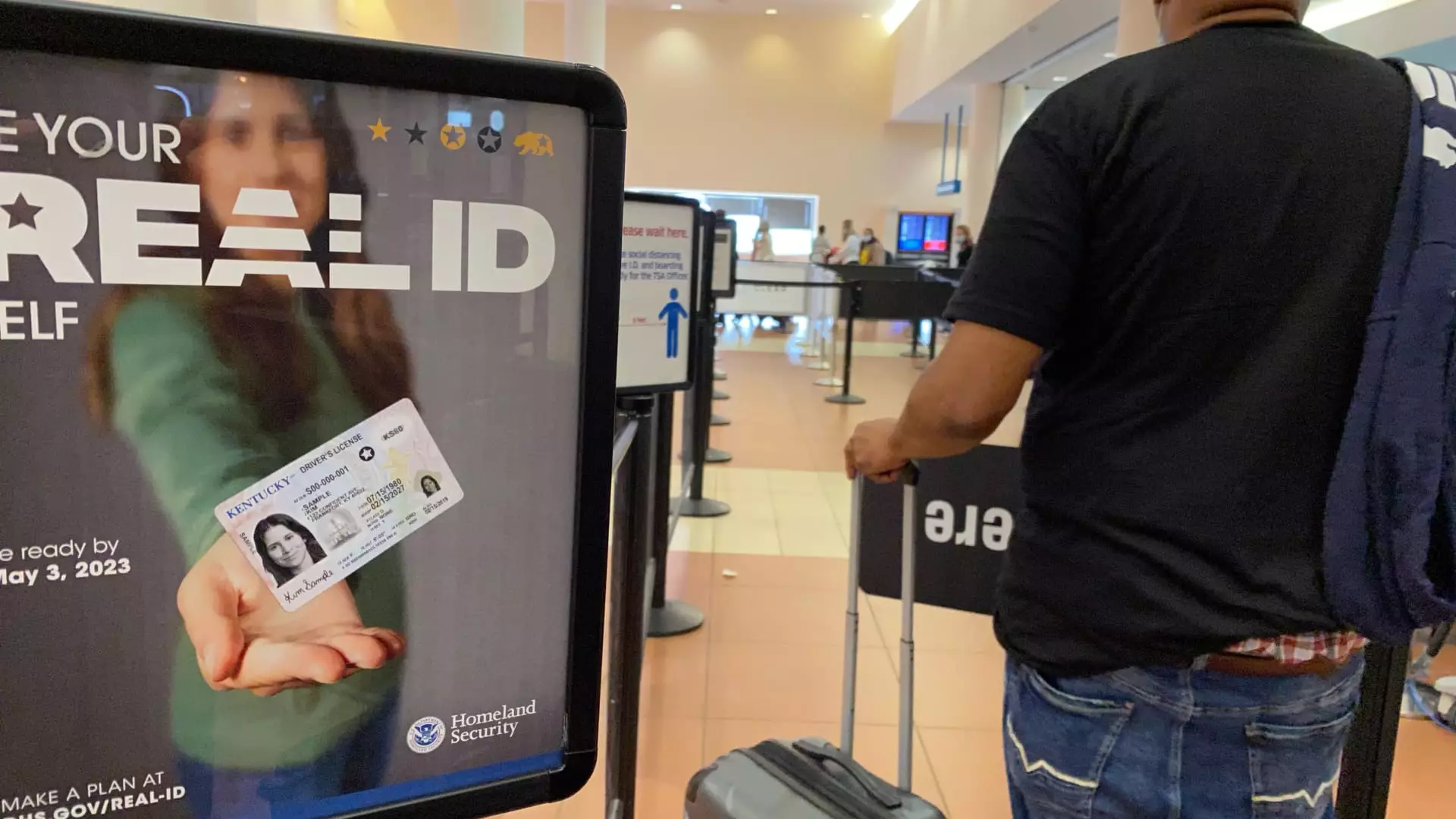As the clock ticks down to May 7, a critical juncture approaches for anyone wishing to board a domestic flight within the United States. The federal government’s implementation of the Real ID requirements promises to upend the travel experience for those unprepared. If you still have your standard driver’s license tucked away in your wallet, consider this your wake-up call. The Transportation Security Administration (TSA) has made it absolutely clear: without a Real ID or an equivalent form of identification, you may find yourself in a frustrating situation at airport security. While 81% of travelers currently possess compliant IDs, the reality is that many still don’t and may not understand the stakes involved.
Uncertainty Breeds Anxiety
In a climate already riddled with travel-related stress, this new mandate adds another layer of anxiety for travelers. A quick glance at social media or casual conversations reveals mounting frustration over last-minute appointment availabilities at motor vehicle departments. The push for compliance has become urgent, only intensifying the already nerve-wracking experience of air travel in America. TSA officials like John Essig have emphasized the need for urgency, urging travelers to act fast. But with appointment slots dwindling, many are left scrambling and grappling with uncertainty. This is not just a bureaucratic hurdle; it’s a significant stressor that, if ignored, can disrupt travel plans, leading to missed flights and heightened tension.
The Hand of History
When examining the origins of the Real ID Act, one cannot ignore the specter of September 11, 2001. The initial decision to roll out the Real ID was a response to the brutal realities of terrorism, where hijackers utilized fraudulent state IDs to manipulate the system. While the cause is just—enhancing national security—the execution has been sluggish, with the deadline being postponed multiple times since its inception in 2005. The long-overdue implementation now feels like an additional weight on the shoulders of citizens, subject to ongoing governmental shifts and public disinterest.
State of Confusion
The symptoms of confusion surrounding the Real ID requirements are prevalent. State-to-state disparities add another layer of complexity; not all states have adopted the same level of compliance, which invokes a sense of unfairness among travelers. Take California, for example, where its Real ID features a yellow bear: perhaps charming for some, but intimidating for others who lack such designations on their IDs. The need for a gold or black star varnished into the state-issued ID underscores how something as simple as identification has become a complex web of regulations and standards. We’re now left with a frustrating patchwork of identification requirements that many, frankly, don’t have the appetite to navigate.
Beyond the Checkpoint
The ripple effects of non-compliance extend well beyond the security checkpoint. Picture standing in a long line, your heart racing as you frantically search through your documents while TSA officers inspect each traveler with laser-like focus. The experience will undoubtedly extend the time spent at checkpoints, and in the worst-case scenario, you might even face the grim reality of being turned away. For many, the idea of additional screenings due to identification discrepancies can feel akin to being unceremoniously thrown into a bureaucratic quagmire. And this scenario is not something anyone looks forward to, especially when time is valuable and travel should be enjoyed rather than endured.
Adapting to Change
It’s crucial to adapt. Fortunately, should you fall short of obtaining a Real ID by the May 7 deadline, alternative options do exist—like using a U.S. passport or a permanent resident card. But let’s not deny the underlying truth: these options still require an added layer of planning, adding to the already convoluted process of air travel. A confident traveler should feel at ease knowing they can quickly get through security with the right identification. So, why leave anything to chance? Taking the initiative to secure your Real ID should be a no-brainer in this ever-evolving landscape of air security.
As the deadline looms, it’s essential to take this seriously. Navigating the complexities of travel is challenging enough without adding the burden of identification issues. Let this serve as a clarion call—get your Real ID, and simplify the already complex voyage into the skies.

